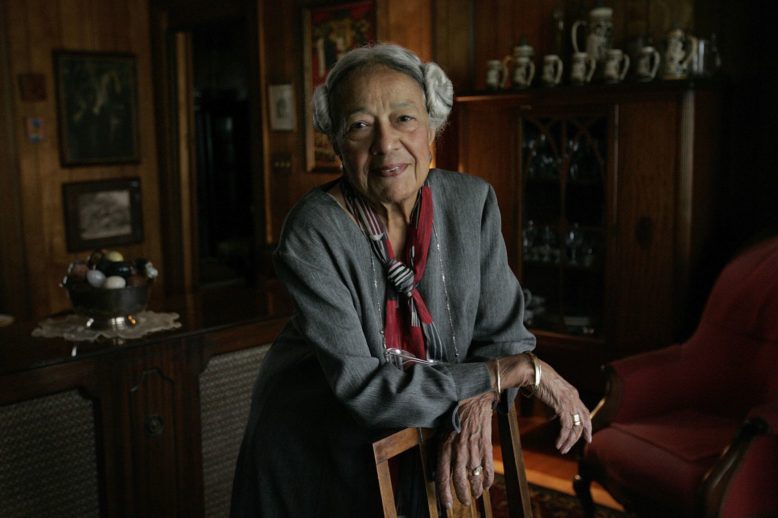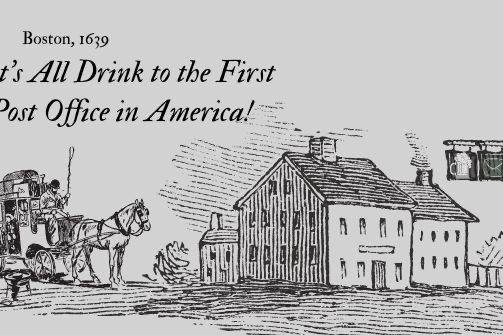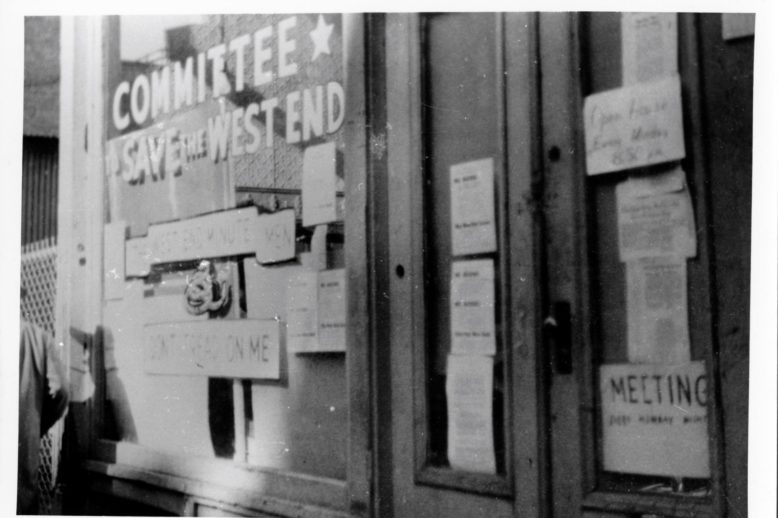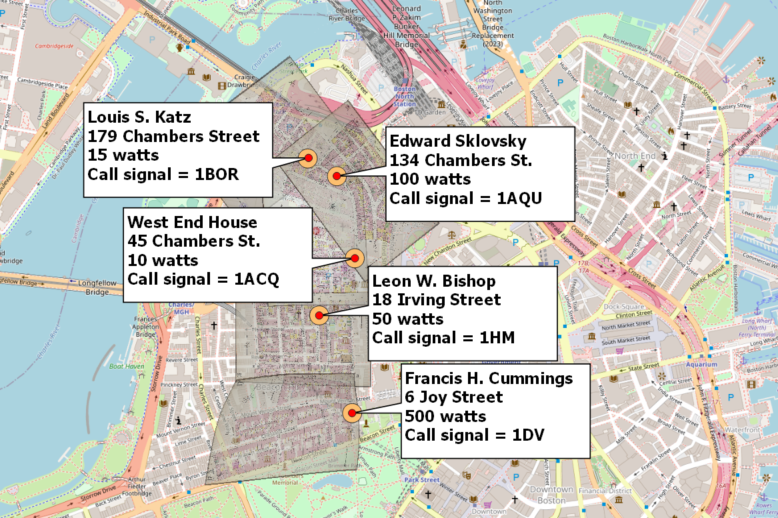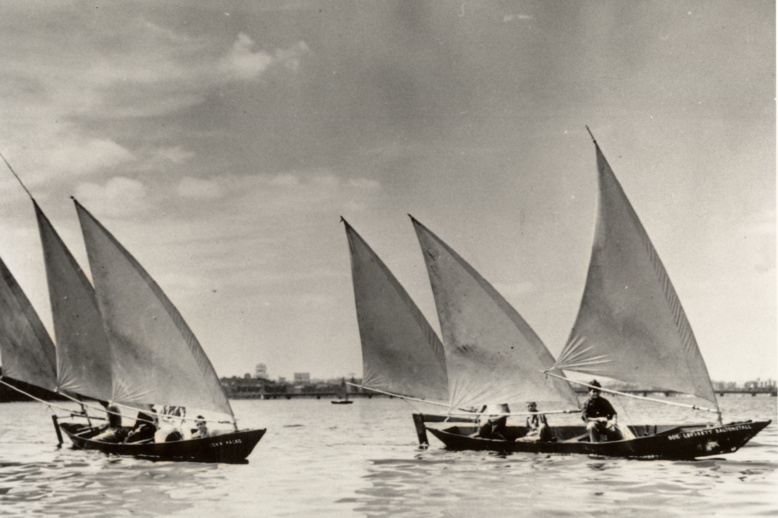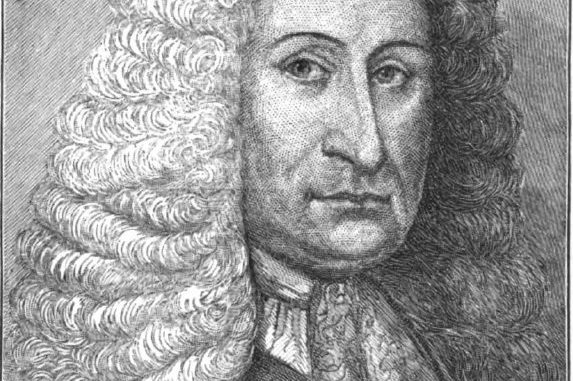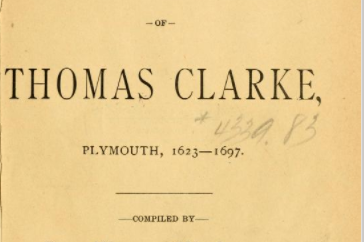Adelaide Cromwell: Mapping Community in the Black West End
Adelaide Cromwell, the late sociologist who taught at Boston University and founded BU’s African American Studies program in 1969, documented and visualized the West End’s historic Black community in the 1800s.


